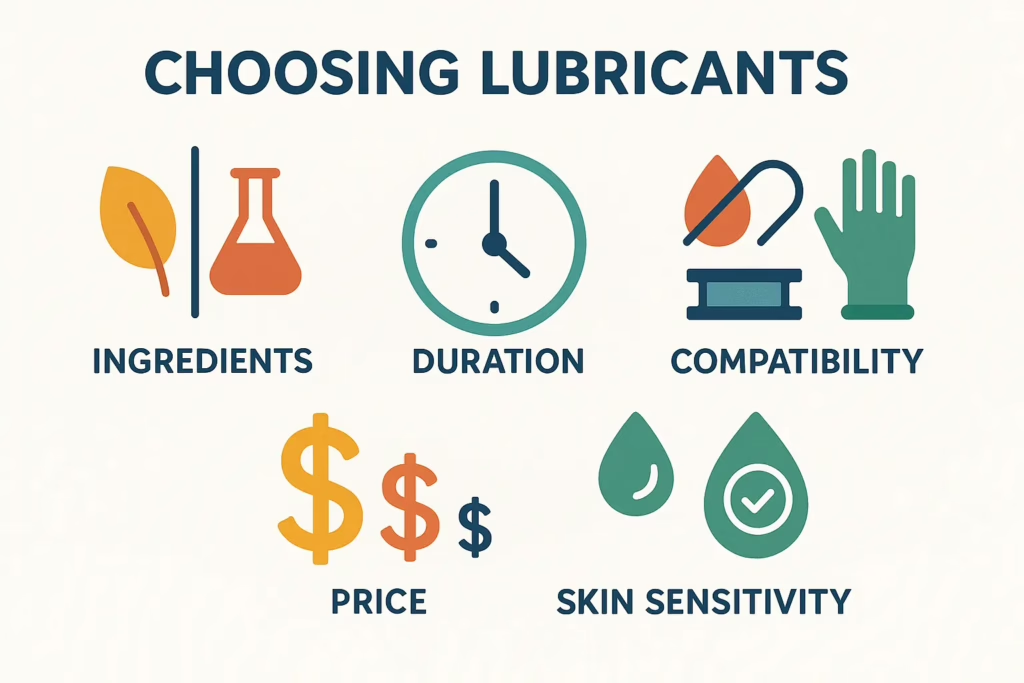Have you ever wondered what would happen if you and your partner stopped talking for an entire week? Not out of anger or resentment, but as a deliberate experiment in connection and communication? That’s exactly what my partner Sarah and I decided to try, and the results were nothing short of transformative.
The silent couple challenge isn’t about punishment or creating distance – it’s about discovering new depths of intimacy and understanding that words sometimes can’t reach. What started as curiosity about alternative forms of communication became a profound journey that strengthened our relationship in ways we never expected.
Why We Decided to Try the Silent Couple Challenge
After five years together, Sarah and I felt like we were stuck in communication patterns that had become predictable and, frankly, a bit superficial. We’d catch ourselves having the same conversations about work, household tasks, and weekend plans without really connecting. The spark wasn’t gone, but it felt muted beneath layers of routine dialogue.
The idea came to us during a documentary about meditation retreats where participants observe noble silence for days at a time. “What if we tried that at home?” Sarah wondered aloud. The concept intrigued us both – could we deepen our connection by removing our primary tool of communication?

Ground Rules We Established
Before diving into our silent week, we spent an evening establishing clear boundaries and expectations:
Emergency Protocols:
- Medical emergencies or safety concerns supersede the challenge
- Work-related communication was allowed but kept to absolute minimums
- We could use gestures, writing, or technology for essential household coordination
Daily Life Logistics:
- Pre-planned meal schedules to avoid confusion
- Shared calendar for any appointments or commitments
- Basic hand signals for “yes,” “no,” and “I need help”
Emotional Safety Net:
- Either person could call off the experiment at any time, no questions asked
- Physical touch and non-verbal affection were not only allowed but encouraged
- We agreed to journal separately each day and share our experiences afterward
Day 1: The Awkward Beginning
The first morning felt surreal. I woke up and instinctively started to comment on the weather, catching myself mid-sentence. Sarah laughed silently, covering her mouth, and we both realized how much we relied on verbal filler in our daily routines.
Breakfast was an exercise in mindfulness. Without the distraction of conversation, I noticed things I’d overlooked for years – the way Sarah always tears her toast into small pieces before eating, how she hums almost inaudibly when she’s content, the particular way morning light catches her hair.

The day progressed with a series of small discoveries. When Sarah needed help reaching something from a high shelf, instead of calling out, she gently touched my arm and pointed. There was something incredibly intimate about that simple gesture – more personal and connecting than a casual “honey, can you grab that for me?” would have been.
Day 2-3: Finding Our Rhythm
By the second day, we’d developed our own sign language. A hand on the heart meant “I love you.” A gentle squeeze of the shoulder was “thank you.” Pointing to the couch with raised eyebrows became “want to watch something together?”
These non-verbal communications felt more intentional than our usual words. Every gesture carried weight because it required thought and purpose. We couldn’t rely on mindless chatter to fill comfortable silences.

One unexpected benefit emerged: we became incredibly attuned to each other’s moods and energy. Without words to mask or explain feelings, emotions became more visible and honest. I could sense when Sarah was tired before she showed obvious signs. She could tell when I was stressed by subtle changes in my posture.
Day 4-5: The Deep Dive
Midweek brought the most profound shifts. Our physical connection intensified dramatically. Hugs lasted longer. We held hands more often. Eye contact became our primary form of emotional communication, and it was surprisingly powerful.
I started noticing things about Sarah I’d somehow missed or forgotten – the way she bites her lower lip when concentrating, how her eyes crinkle differently when she’s genuinely amused versus just being polite, the particular way she moves through our home like she’s dancing to music only she can hear.

We also discovered how much mental energy we usually spend on verbal processing. Without constant conversation, our minds seemed quieter and more present. We found ourselves naturally syncing our activities – reading together, cooking together, even breathing together during evening meditation sessions we started spontaneously.
Day 6-7: Integration and Insight
The final two days felt like we’d entered a different dimension of our relationship. We moved together with an almost telepathic understanding. During a Saturday afternoon walk, we navigated an entire farmers market, made purchases, and shared observations about vendors and produce all through glances, subtle nods, and gentle touches.

Sunday evening, our last night of the challenge, we sat together on our back porch as the sun set. Without planning it, we both reached for each other’s hands at exactly the same moment. In that gesture was everything we might have said and more – gratitude, love, amazement at what we’d discovered, and a quiet celebration of our connection.
What We Learned: The Unexpected Benefits
Enhanced Physical Intimacy
Our physical connection deepened significantly. Touch became more intentional and meaningful. Instead of absent-minded kisses goodbye or distracted hugs, every physical interaction carried purpose and presence.
Increased Mindfulness
Without words filling every moment, we became more aware of our environment, our emotions, and each other’s subtle cues. We were truly present in ways we hadn’t been in years.
Better Listening Skills
This might sound paradoxical, but not speaking made us better listeners. We became attuned to non-verbal communication, environmental sounds, and the emotional undertones that words often mask.
Reduced Conflict
We couldn’t engage in our usual patterns of verbal disagreement or nitpicking. Instead, we had to address the underlying emotions behind potential conflicts, which often dissolved them entirely.
Deeper Appreciation
We stopped taking our ability to communicate for granted. When we could speak again, our words carried more weight and intention.

The Challenges We Faced
Not everything was blissful. There were moments of frustration, especially when trying to communicate complex thoughts or when external situations required coordination. We had a minor crisis when Sarah’s mother called with a family update, and we had to figure out how to handle the call without breaking our commitment.
We also discovered how much we used casual conversation as emotional regulation. Without the ability to verbally process stress or excitement, we had to find other outlets – physical movement, writing, or simply sitting with uncomfortable feelings until they passed.
One unexpected challenge was social situations. When friends called or neighbors stopped by, we had to explain our experiment, which sometimes led to awkward conversations (on their part) and made us realize how much social pressure exists to be verbally responsive.
Tips for Couples Considering the Silent Challenge
If our experience has inspired you to try your own silent couple challenge, here are some recommendations:
Start Small
Consider beginning with shorter periods – perhaps a few hours or a single day – before committing to a full week.
Prepare Practically
Stock up on groceries, handle scheduling conflicts in advance, and inform close friends and family about your experiment.
Establish Clear Boundaries
Decide what counts as “breaking” the silence and what exceptions you’ll allow for emergencies or essential communication.
Embrace Technology Mindfully
While we minimized digital communication, occasional texts for logistical coordination can be helpful without undermining the spirit of the challenge.
Journal Daily
Recording your observations and feelings helps process the experience and provides valuable insights to discuss later.

Long-term Impact on Our Relationship
It’s been three months since our silent week ended, and the effects continue to ripple through our relationship in beautiful ways. We’re more physically affectionate, make better eye contact during conversations, and have developed a richer vocabulary of non-verbal communication that we still use regularly.
We’ve instituted “quiet hours” in our evening routine – time set aside for parallel activities without conversation. These periods have become some of our most connecting and restorative times together.
Perhaps most importantly, we approach communication more intentionally now. We’re less likely to fill silence with meaningless chatter and more likely to pause and consider whether what we’re about to say serves connection or merely habit.

The Science Behind Silent Communication
Research supports what we experienced firsthand. Studies in nonverbal communication show that 55% of communication is body language, 38% is tone of voice, and only 7% is actual words. By removing verbal communication, we were forced to engage with the 93% of communication that happens without words.
Dr. Albert Mehrabian’s research on communication effectiveness suggests that when verbal and nonverbal messages conflict, people trust nonverbal cues. Our week of silence eliminated this potential discord entirely, creating space for more authentic and congruent communication.
Neuroscience research also indicates that sustained eye contact releases oxytocin, often called the “bonding hormone.” Our increased eye contact during the silent week likely contributed to feeling more connected and emotionally intimate.
Addressing Common Concerns
“Won’t this create distance in the relationship?”In our experience, the opposite occurred. Removing superficial verbal interaction created space for deeper non-verbal connection.
“What about conflict resolution?”We found that without words, we addressed the emotions underlying conflicts rather than getting caught in verbal arguments. Most issues resolved naturally when we couldn’t verbally perpetuate them.
“How do you handle practical coordination?”Basic planning ahead and simple gesture systems handle most daily logistics. For complex coordination, brief written notes can bridge essential communication needs.
“Is this just avoiding real communication?”We view it as expanding communication rather than avoiding it. The week taught us to value all forms of connection, making our verbal communication more meaningful when we resumed it.
Conclusion: The Power of Chosen Silence
Our seven days of silent communication wasn’t about not communicating – it was about communicating more deeply, more intentionally, and more authentically than we ever had before. In a world that’s increasingly noisy and verbally cluttered, choosing silence with someone you love can be one of the most connecting experiences you’ll ever share.
The silent couple challenge taught us that love doesn’t always need words. Sometimes the most profound communication happens in the spaces between speech, in the gentle touch of a hand, in sustained eye contact, in the simple act of choosing to be fully present with another person.
If you’re curious about trying this experiment with your partner, approach it with openness, patience, and genuine curiosity about what you might discover. You may find, as we did, that sometimes the most important conversations happen without saying a word at all.


